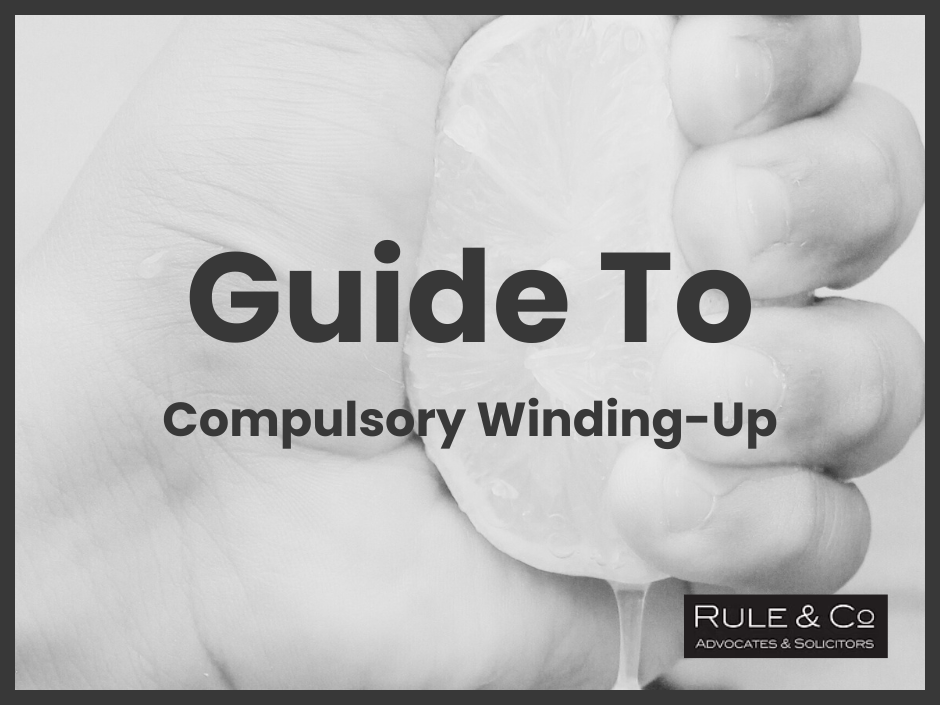Navigating the Small Claims Court in Malaysia: A Step-by-Step Guide
- Rudi Cheu

- Mar 16
- 2 min read
Updated: Sep 23
The Small Claims Court in Malaysia offers individuals a streamlined and cost-effective avenue to resolve disputes involving sums not exceeding RM5,000. Established to simplify the legal process, this court allows individuals to pursue claims without the necessity of legal representation.
Eligibility Criteria:
Plaintiff: Only individuals can initiate a claim in the Small Claims Court. Legal entities, such as companies or limited liability partnerships (LLPs), are not permitted to file claims but can be named as defendants.
Defendant: Both individuals and legal entities can be sued in the Small Claims Court.
Claim Limit: The maximum claim amount permissible is RM5,000. Claims exceeding this limit must be filed in the appropriate civil courts.
Initiating a Claim:
Obtain Form 198: Visit the nearest Subordinate Court Registry to acquire Form 198, the prescribed form for initiating small claims.
Complete the Form: Accurately fill out four copies of Form 198, detailing the claim amount and the basis of the claim.
Submit the Form: File the completed forms with the court registry and pay the prescribed filing fee. The court will assign a hearing date upon submission.
Serve the Defendant: Serve the sealed Form 198 to the defendant either personally or via prepaid registered post to their last known address.
Defendant's Response:
Filing a Defense: The defendant has 14 days from the date of service to file a defense using Form 199.
Counterclaim: If the defendant believes they have a claim against the plaintiff, they may file a counterclaim alongside their defense.
Hearing Process:
Attendance: Both parties must attend the hearing on the scheduled date. Legal representation is generally not permitted.
Proceedings: The magistrate will hear both sides, review evidence, and render a decision based on the merits of the case.
Judgment and Enforcement:
Outcome: If the plaintiff prevails, the court will issue a judgment specifying the amount owed by the defendant.
Enforcement: Should the defendant fail to comply with the judgment, the plaintiff may pursue enforcement actions, such as a writ of seizure and sale or garnishee proceedings, to recover the awarded amount.
Advantages of the Small Claims Court:
Cost-Effective: Eliminates the need for legal representation, reducing legal expenses.
Expeditious Resolution: Simplified procedures facilitate quicker dispute resolution.
Accessibility: Designed to be user-friendly, allowing individuals to navigate the process with relative ease.
Conclusion:
The Small Claims Court in Malaysia serves as an accessible platform for individuals seeking to resolve minor financial disputes efficiently and affordably. By understanding the procedures and requirements, individuals can effectively utilize this legal avenue to assert their rights and recover owed amounts.
AUTHOR PROFILE

Rudi Cheu is the principal of Rule & Co. Advocates & Solicitors; a Malaysian law firm focusing on practical and cost-effective solutions for debt recovery and commercial disputes. With nearly a decade of debt recovery experience under his belt; Rudi is passionate about helping businesses navigate debt recovery challenges and shares insights at www.rulecolaw.com/blog and recoverdebt.my
He can be reached via Whatsapp: +60102028095 or via email: rudi@rulecolaw.com



Comments